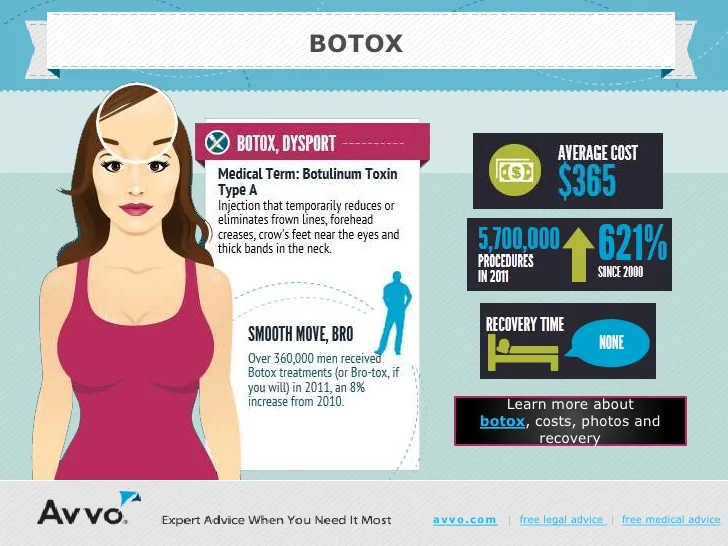How Does Photodynamic Therapy Work
How Does Photodynamic Therapy Work
Blog Article
Acne Treatment Options
Medicines can help recover acne lesions and prevent brand-new ones from developing. They can be taken by mouth or used directly to the skin.
Anti-biotics like clindamycin and erythromycin control microorganisms that exacerbate acne. These are often combined with benzoyl peroxide to reduce possible side effects and increase how well the medication works.
Over-the-counter (OTC) medications
OTC products work for dealing with light acne, specifically blackheads and whiteheads. These items consist of benzoyl peroxide, salicylic acid or adapalene.
Benzoyl peroxide eliminates germs that trigger acne, and helps clear pores of cellular debris. It's available in nonprescription focus of 2.5 percent, 5 percent and 10 percent. You might intend to begin with a lower concentration of product and work your means up, relying on your skin's resistance level.
If you're not able to eliminate your acne with over-the-counter items, see a skin doctor. They're educated to identify and treat all types and severities of acne, consisting of huge excruciating cysts and blemishes that can cause scarring. It is very important to obtain treatment at an early stage to reduce the risk of lasting issues with your self-image and self-confidence. Your physician can recommend details therapies and skin care regimens that will certainly aid you manage your acne. They can also refer you to a specialist for drug or various other treatment options, if essential.
Prescription medicines
Acne medicines treat acne by lowering oil manufacturing, reducing swelling and controlling microorganisms. They can be used directly to the skin (topical) or taken by mouth (dental drug). The type and strength of medication your physician recommends will rely on your age, the intensity of your acne and other factors such as your basic health and wellness and any medicines you may be taking.
Topical antibiotics which contain clindamycin, erythromycin and tetracycline help reduce inflammation and eliminate the germs that cause outbreaks. They can likewise be used in mix with other drugs like benzoyl peroxide to boost how well each therapy functions.
Oral isotretinoin, which remains in the retinoid household, deals with serious acne by reducing oil manufacturing, curbing inflammation and unclogging pores. It is an effective drug that features major side sculptra effects, and it can just be prescribed by a medical professional. It is only advised for individuals who have actually tried various other treatments without success and for whom this medicine is safe.
Clinical procedures
Drugs that are put on the skin or taken by mouth aid reduce acne breakouts in lots of people. Medications that can be acquired over-the-counter consist of topical treatments such as salicylic acid, which aids open blocked pores, and azelaic acid, which reduces swelling.
Doctors likewise prescribe medicines to deal with mild-to-moderate acne, including antibiotics and retinoids. Prescription antibiotics eliminate excess germs and lower inflammation, yet they are only efficient for a short time due to antibiotic resistance. In many cases, skin specialists might use a mix of topical and oral therapies. For example, they may incorporate the antibiotic clindamycin (Cleocin T, Clinda-Derm) or erythromycin (Akne-Mycin, ATS, Erygel, Ilotycin, Zenatane) with benzoyl peroxide.
Doctors can likewise prescribe isotretinoin (Absorica, Accutane), a powerful drug that interferes with all 3 causes of acne. This medicine works against serious nodular acne, yet it can have major negative effects and should be taken with severe care. Other treatments can improve the appearance of marks caused by acne, such as chemical peels and laser therapy.
Diet regimen
Changing your diet plan might help manage acne outbreaks. Acne occurs when hair follicles come to be clogged with sebum (natural oil generated by the sebaceous glands), dead skin cells and germs. Acne signs and symptoms include blackheads, whiteheads, cysts and pimples.
A diet plan high in sweet treats and fine-tuned carbs can cause spikes in blood glucose, causing more sebum production. Dairy items such as milk, cheese and yogurt can additionally set off acne in some individuals.
Attempt to eat low glycemic foods such as entire grains, beans and veggies. Foods high in omega-3 fats, such as salmon, trout, walnuts, pistachio nuts and chia seeds, decrease swelling and might boost acne. Antioxidants may additionally lower acne by decreasing the production of responsive inflammatory chemicals in the body. Attempt maintaining a food diary to see which foods are causing you to break out. Attempt removing one food at a time to discover if your acne flares or improves.